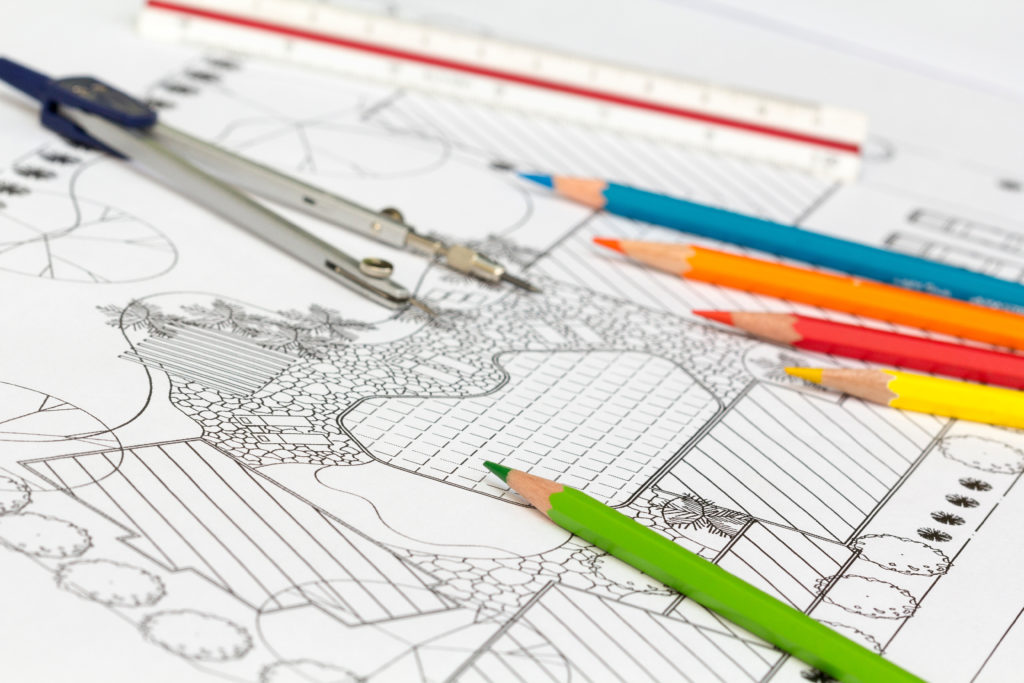Pro landscape design is the process of planning and creating outdoor spaces. Typically around residential or commercial properties. It is the process of creating an outdoor environment that is functional, aesthetically pleasing, and sustainable.
A pro landscape designer works with clients to develop a vision for the outdoor space. Taking into account factors such as the size and shape of the area, the existing plant life and terrain, the client’s needs and preferences, and the local climate. It involves the use of design principles and techniques to create outdoor spaces. They will meet the needs of the client and enhance the surrounding natural environment.
Professional landscape designers work with a variety of outdoor spaces. Including residential yards, public parks, commercial properties, and urban streetscapes. Often work in collaboration with architects and engineers to ensure that the design is feasible and can be implemented.
The designer creates a plan for the space, often using software or drawing tools to create a detailed layout of the area. This plan will typically include elements such as walkways, seating areas, water features, and plantings, as well as any structures such as pergolas, fences, or retaining walls. The designer will also select appropriate plant species and materials for the project.
The design process typically involves several steps, including site analysis, conceptual design, design development, construction documentation, and construction administration. During the site analysis, the designer assesses the site’s existing conditions, such as topography, soil, climate, and existing vegetation. They also consider the client’s needs and desires, as well as any regulatory requirements, such as zoning or environmental regulations.
The conceptual design phase involves creating a general plan for the site. Including the layout of hardscaping elements, such as paths, patios, and walls, as well as the placement of plants and other landscaping features. This plan is then refined during the design development phase, where specific materials, plants, and other design details are selected.
The construction documentation phase involves creating detailed drawings and specifications. They will provide the necessary information for the construction team to build the design. During the construction administration phase, the designer oversees the construction process to ensure that the design is being implemented according to the plan.
The benefits of pro landscape design include improved curb appeal, increased property value, and the creation of functional and attractive outdoor living spaces. A well-designed landscape can also help to conserve resources, such as water and energy. Also, support local biodiversity by incorporating native plant species and creating habitats for wildlife.
Overall, professional landscape design is an important aspect of creating outdoor spaces that are functional, beautiful, and sustainable. It requires a combination of artistic and technical skills, as well as an understanding of plant biology, ecology, and horticulture.

